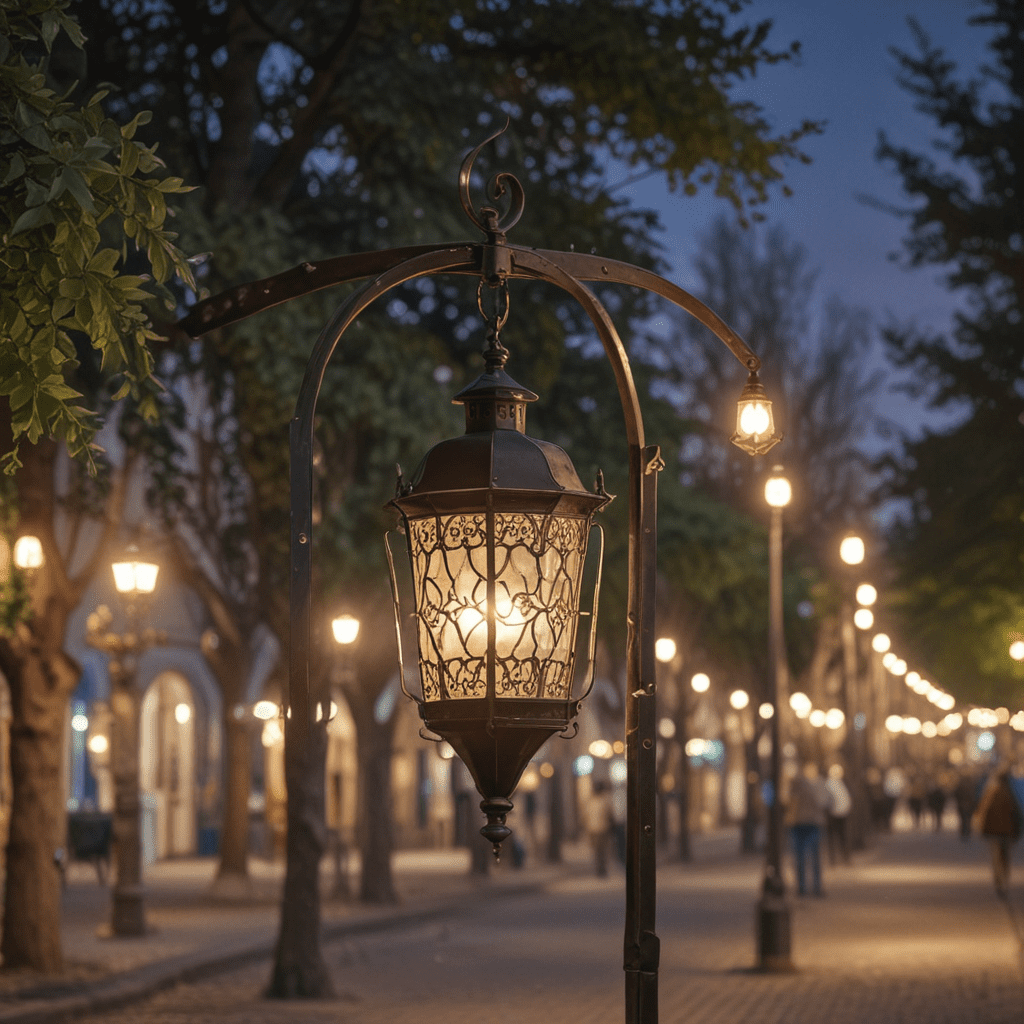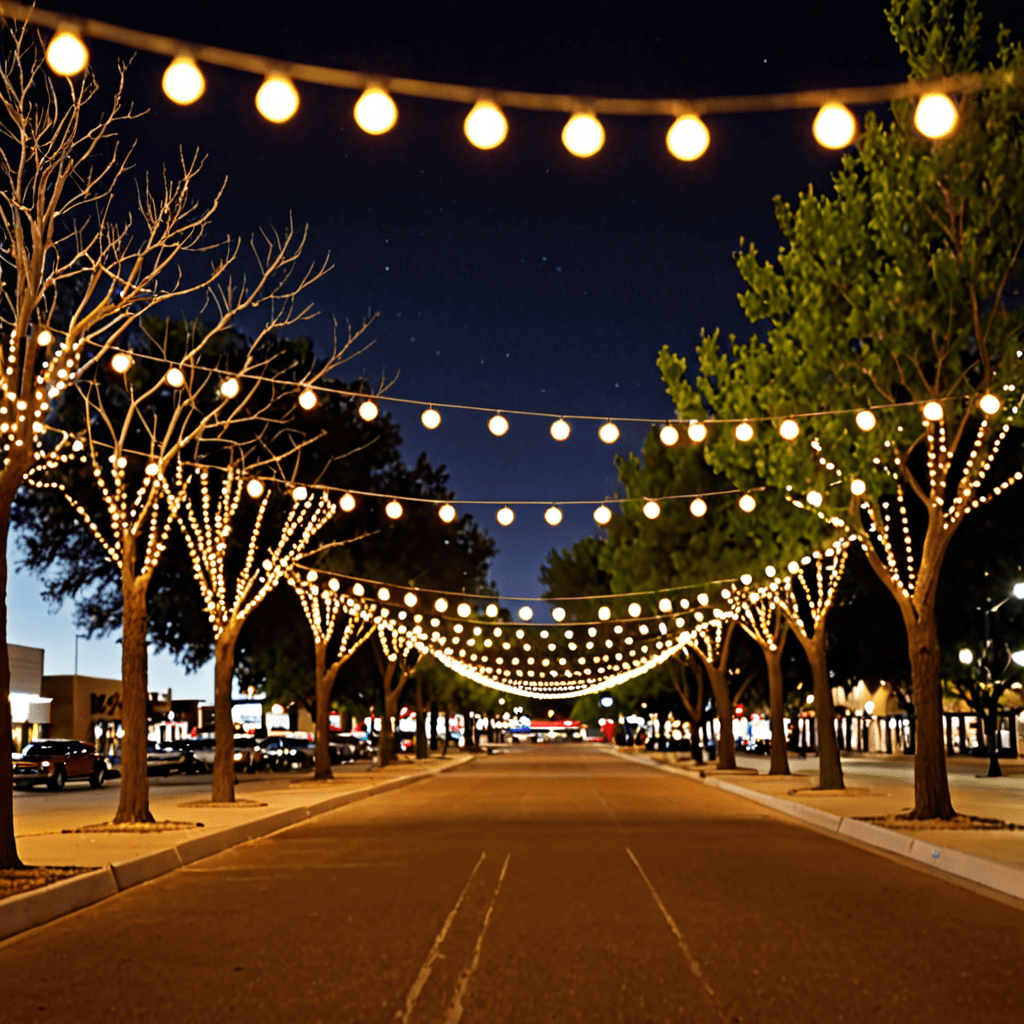
Exploring the Jewish Heritage of Belarus: A Journey Through Time and Tradition
1. Introduction: The Ancient Jewish Roots in Belarus
Belarus, a landlocked nation in Eastern Europe, has a rich and diverse cultural heritage that encompasses many ethnicities and religions. Among these, the Jewish community has played a significant role in shaping the country's history and culture. The Jewish presence in Belarus dates back to the 11th century, and over the centuries, Jewish communities flourished in cities and towns throughout the country.
2. Grodno: The "Jewish Jerusalem of the North"
Situated on the banks of the Neman River, Grodno boasts a long and vibrant Jewish history. From the 16th to the 19th centuries, Grodno was known as the "Jewish Jerusalem of the North" due to its large and influential Jewish community. The city was home to numerous synagogues, yeshivas, and Jewish communal institutions. Today, Grodno still retains remnants of its Jewish heritage, including the Great Synagogue, built in 1653, and the Jewish Cemetery, which contains thousands of tombstones dating back to the 16th century.
3. Brest-Litovsk: A Jewish Gateway to the East
Located on the border with Poland, Brest-Litovsk served as a gateway between Eastern and Western Europe for centuries. The city's Jewish community thrived from the 14th century onwards, playing a vital role in trade and commerce. Brest-Litovsk was also a center of Jewish learning, with many yeshivas and Jewish libraries. The city's Jewish heritage is evident in the well-preserved Jewish Quarter, home to synagogues, cemeteries, and historical monuments.
4. Pinsk: The Heart of the Belarusian Jewish Community
Pinsk, situated on the banks of the Pina River, was once the heart of the Belarusian Jewish community. From the 16th century onwards, Pinsk became a major center of Jewish learning and culture. The city was home to a renowned yeshiva and many prominent rabbis and scholars. Pinsk's Jewish community also played a significant role in the economy, particularly in the fur trade. Today, Pinsk is home to the Pinsk Museum of Belarusian Jewry, which houses a vast collection of artifacts and documents that tell the story of Jewish life in Belarus.
5. Minsk: The Modern Jewish Renaissance
Minsk, the capital of Belarus, has a long and complex Jewish history. While the city's Jewish community was severely affected by the Holocaust, it has experienced a revival in recent years. Minsk is now home to a growing number of synagogues, Jewish community centers, and kosher restaurants. The city's Jewish heritage is also reflected in its architecture, including the Great Synagogue, which was rebuilt in 2006. Minsk is a vibrant center of Jewish life in Belarus, showcasing the resilience and cultural richness of the Jewish community.
as the birthplace of the acclaimed artist Marc Chagall. Chagall's works, characterized by their dreamlike quality and vibrant colors, often depict scenes from his childhood in Vitebsk. The city is home to the Marc Chagall Museum, which houses a collection of his paintings, drawings, and personal belongings. Vitebsk also boasts a thriving Jewish community, with synagogues, Jewish schools, and cultural organizations.
7. Bobruisk: A Symbol of Resilience and Renewal
Bobruisk, situated on the Berezina River, emerged as a significant Jewish center in the 19th century. The city's Jewish community played a vital role in the city's economy and cultural life. During World War II, Bobruisk was heavily affected by the Holocaust, but the Jewish community has since rebuilt and revitalized. Today, Bobruisk is home to a vibrant Jewish community, with synagogues, Jewish schools, and cultural institutions.
8. The Great Synagogue of Minsk: A Monumental Symbol of Jewish Life
The Great Synagogue of Minsk, located in the heart of the city, stands as a majestic symbol of Jewish life in Belarus. Built in the early 20th century, the synagogue is an architectural masterpiece, featuring a blend of Romanesque and Moorish styles. Severely damaged during World War II, the synagogue was meticulously restored and reopened in 2006. Today, the Great Synagogue serves as a center of Jewish communal life, hosting religious services, cultural events, and educational programs.
9. The Pinsk Museum of Belarusian Jewry: Preserving a Rich Heritage
The Pinsk Museum of Belarusian Jewry, located in the historic Jewish quarter of Pinsk, is a treasure trove of Jewish history and culture. Established in 1992, the museum houses a vast collection of artifacts, documents, and photographs that tell the story of Jewish life in Belarus over the centuries. The museum's exhibits provide insights into the religious, cultural, and economic contributions of the Jewish community to Belarusian society.
10. The Future of Jewish Heritage in Belarus: Reviving a Vibrant Culture
The Jewish heritage of Belarus is a testament to the resilience and adaptability of the Jewish people. Despite the challenges faced throughout history, Jewish communities in Belarus have persevered and continue to thrive. Today, there is a renewed interest in preserving and revitalizing Jewish heritage in Belarus. Cultural organizations, museums, and synagogues are working to promote Jewish culture and traditions, ensuring that the legacy of the Jewish community in Belarus will continue to be celebrated for generations to come.
FAQ
Q: What is the history of Jewish settlement in Belarus?
A: Jewish settlement in Belarus dates back to the 11th century, with communities established in cities and towns throughout the country.
Q: Which cities are notable for their Jewish heritage in Belarus?
A: Grodno, Brest-Litovsk, Pinsk, Minsk, Vitebsk, and Bobruisk are among the cities with significant Jewish historical and cultural landmarks.
Q: What is the significance of the Great Synagogue of Minsk?
A: The Great Synagogue of Minsk is a monumental symbol of Jewish life in Belarus, serving as a center of religious, cultural, and communal activities.
Q: Where can I learn more about the Jewish history of Belarus?
A: The Pinsk Museum of Belarusian Jewry houses a vast collection of artifacts and documents that tell the story of Jewish life in Belarus.
Q: What efforts are being made to preserve and revitalize Jewish heritage in Belarus?
A: Cultural organizations, museums, and synagogues are working to promote Jewish culture and traditions, ensuring the legacy of the Jewish community in Belarus continues to be celebrated.
